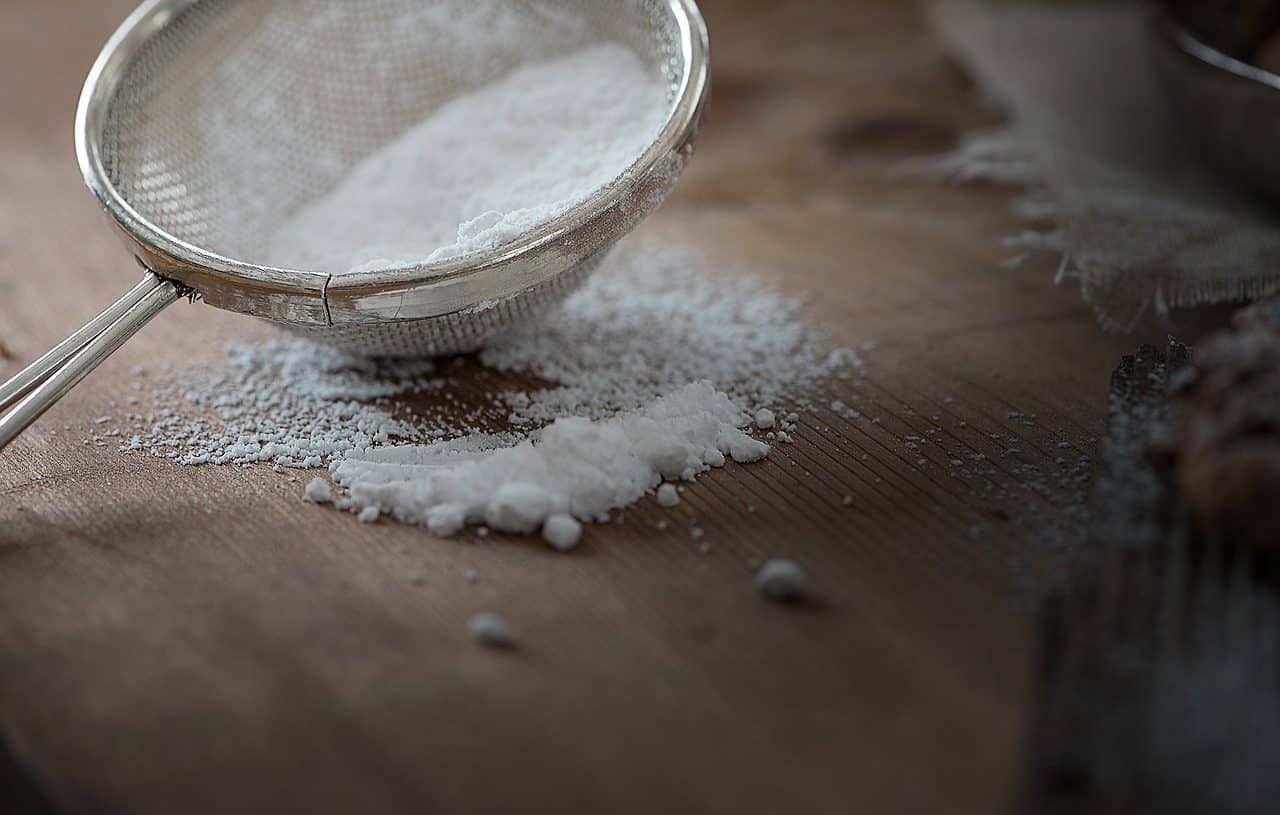
Sieving is a process that allows substances to be separated according to their thickness.
Sifting is a conjugation of the verb sift : the action of making some substance pass through a sieve (an instrument that allows larger particles to be separated from smaller ones). Sifting, therefore, is the process that is carried out when one of these devices is used.
It can be said that sieving is a separation method . Suppose we have a mixture composed of two solid substances, whose particles have different thicknesses; If we put it in a sieve and begin to press it appropriately, the smaller particles will pass through the mesh , while the larger ones will be retained. In this way the separation will be finalized.
If a person has a jar with sunflower seeds and sugar , they can use sifting to separate these ingredients. For this you will use a sieve and another container: when you pour the contents of the jar into the sieve, the sugar will fall into the second container, while the sunflower seeds will be retained by the sieve. At the end of the process, you will have sugar on one side and sunflower seeds on the other.
The success of screening
The success of sieving will depend on the size of the holes or pores in the sieve. If these holes are very large, it is likely that certain elements cannot be separated. In turn, if the holes are small in relation to what is to be separated, the two substances will remain on the sieve and the separation will not be achieved either.
It is also important to note that sieving is used with solid elements. Two liquids cannot be separated with a sieve since both will pass through the sieve .

Sieving is used in different areas.
The procedure in different areas
It is important to mention that sieving is a procedure used in several areas, such as cooking , agriculture and chemistry. For example, in baking it is common to use a sifter to spread powdered ingredients such as icing sugar , cinnamon or cocoa on cakes or tarts; The purpose of the straining process, in this case, is to eliminate those parts that are too thick or lumpy, to ensure that the ingredient adheres and mixes correctly on the surface of the dish.
Another example within gastronomy in which sifting is used is the preparation of doughs, especially if yeast is not used; When someone decides to make a cake or a pizza, among many other recipes, without yeast, it is advisable to sift the flour more than once, so that the particles are separated very well and the result is an airy and malleable mixture . This step is especially necessary when the flour appears wet on the package.
Sifting in gardening
Sifting the soil, on the other hand, is also a resource widely used in gardening to clean it of small stones and leaf debris, among other elements that we do not want to include in a given job. This is used very frequently during the preparation of compost , a mixture of organic matter that serves to improve the characteristics of the soil, since it provides a series of nutrients that are very necessary for the correct development of plants and flowers.
Before distributing the compost in the area of the soil that we want to treat, it is always advisable to sift it, and for this we only need a sieve , an inexpensive tool and even easy to make at home, since it simply consists of a rectangle of metal mesh held by a wooden edge.
The objective of sieving, in this case, is to eliminate from the compost all types of elements that may contaminate it and, consequently, undermine the benefits that we intend to obtain from its contact with the soil, such as pieces of plastic, branches and stones . On the other hand, it also improves its texture and this has a positive impact on its application.
